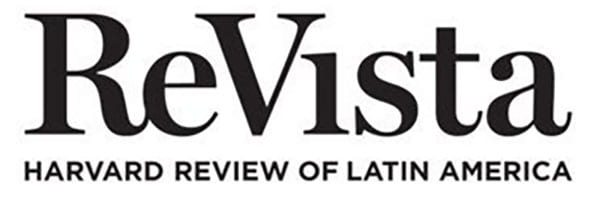Fotografía y Contraste Social
“Se dijo que yo hacía estética de la miseria.
¡Y una mierda! Fotografío mi mundo”—
Sebastião Salgado
La fotografía no solo es el arte de capturar hermosos momentos a través de la luz, también narra historias y hechos reales. El valor del contraste en la fotografía social no radica únicamente en lo estético, sino en lo ético, no se trata de mostrar la pobreza y sufrimiento, sino la denuncia a las desigualdades y contradicciones en una sociedad cada vez más indolente a las realidades con las que coexistimos pero que conviven pared con pared. Cuando decimos que la fotografía humaniza, nos referimos a la capacidad que tiene al hacernos recordar que detrás de cada cifra de pobreza, desempleo o migración, hay rostros, historias y vidas narradas sin necesidad de palabras. Por ello, el fotógrafo social no solo captura imágenes; construye puentes entre realidades aparentemente inconexas, visibilizando lo invisible.
En definitiva, la fotografía de contraste social es una invitación a mirar de frente lo que muchos prefieren ignorar. Es un llamado al despertar de la conciencia a través de la imagen. Porque cuando el arte se pone al servicio de la verdad, nace una forma de resistencia silenciosa pero profundamente transformadora.
Candy López fue una ganadora en el concurso de fotografía de Ojo Propios “Perú de Contrastes.”
Photography and Social Contrast
“It was said that I was doing aesthetics of misery.
Bullshit! I photograph my world”
Sebastião Salgado
Photography is not only the art of capturing beautiful moments through light, it also narrates real stories and facts. The value of contrast in social photography is not only in the aesthetic, but also in the ethics, it is not only about showing poverty and suffering, but also the denunciation of inequalities and contradictions in a society increasingly indolent to the realities with which we coexist but that coexist wall to wall.
When we say that photography humanizes, we are referring to the capacity that it has to reminding us that behind every figure of poverty, unemployment or migration, there are faces, stories and lives narrated faces, stories and lives narrated without the need for words. Therefore, the social photographer not only captures images; he builds bridges between seemingly unconnected realities realities, making the invisible visible. In short, social contrast photography is an invitation to look at what many prefer to ignore. It is a call to awaken the conscience through the image. Because when art is placed at the service of truth, a form of silent but profoundly transformative resistance is born.
Candy López was a winner in Ojo Propios’ Perú de Contrastes photo competition.


Related Articles
Editor’s Letter: Inequality
In celebration of the 30th anniversary of the David Rockefeller Center for Latin American Studies at Harvard (DRCLAS), ReVista is focusing on inequality.
The History of Inequality
For the last few decades, a strong consensus has held that Latin America is not only the most economically unequal region in the world, but also one where inequality has become structurally entrenched. Even in countries where income levels are relatively high by global standards, a small elite continues to control a disproportionate share of national wealth. This consensus reflects a broader shift in the development community and public arenas.
Waxing and Waning: Institutional Rhythms of Inequality
Zelia Maria Magdalena Nuttall was famous in her time, well-known as an archaeologist, an Americanist, an antiquarian, an ethnologist, a folklorist and “a lady scientist”; she was a woman “making it” in a man’s world from the 1880s to the 1930s. Deeply engaged in research about ancient civilizations in Mexico, she led a remarkable life as a pioneer in the evolution of anthropology as a field of study.



